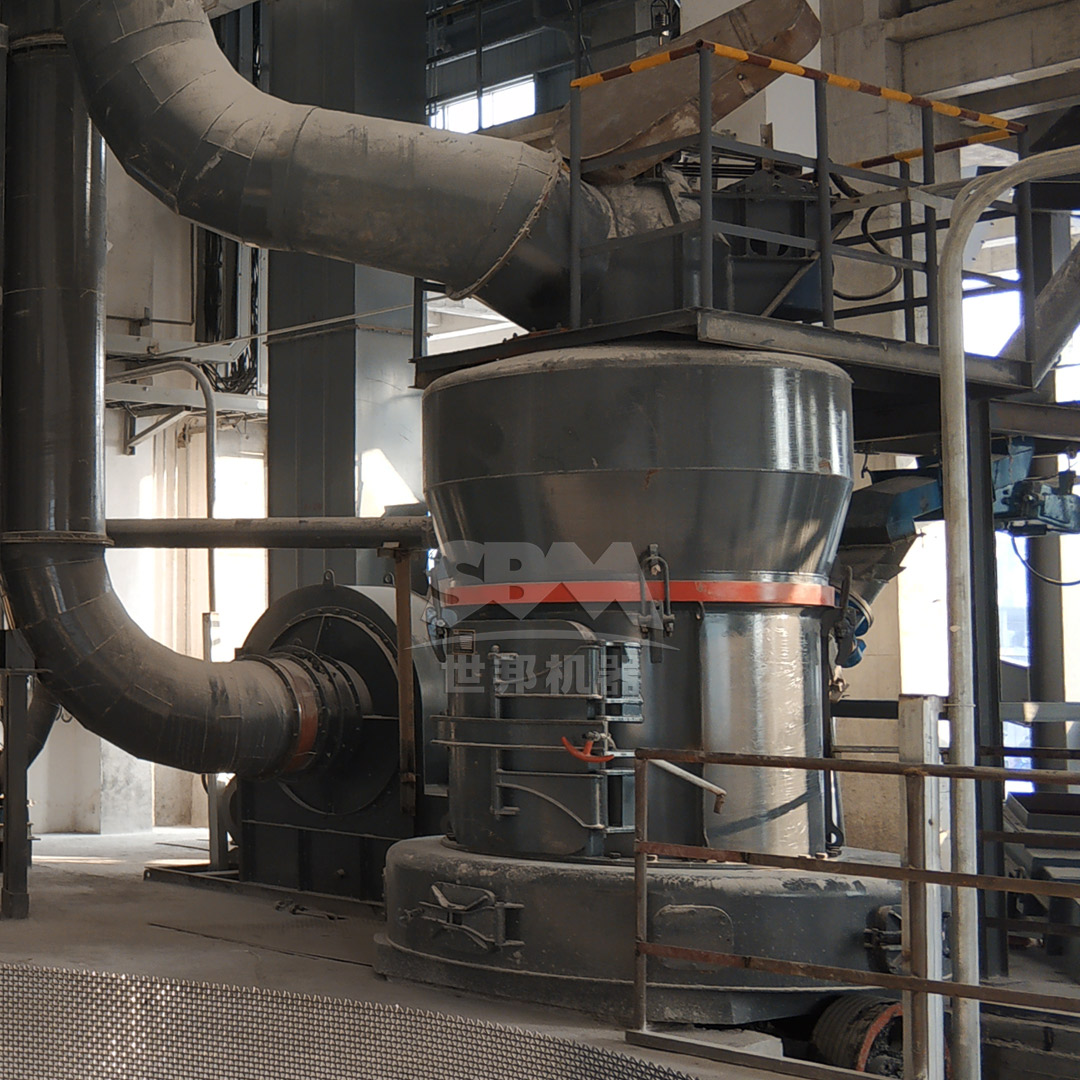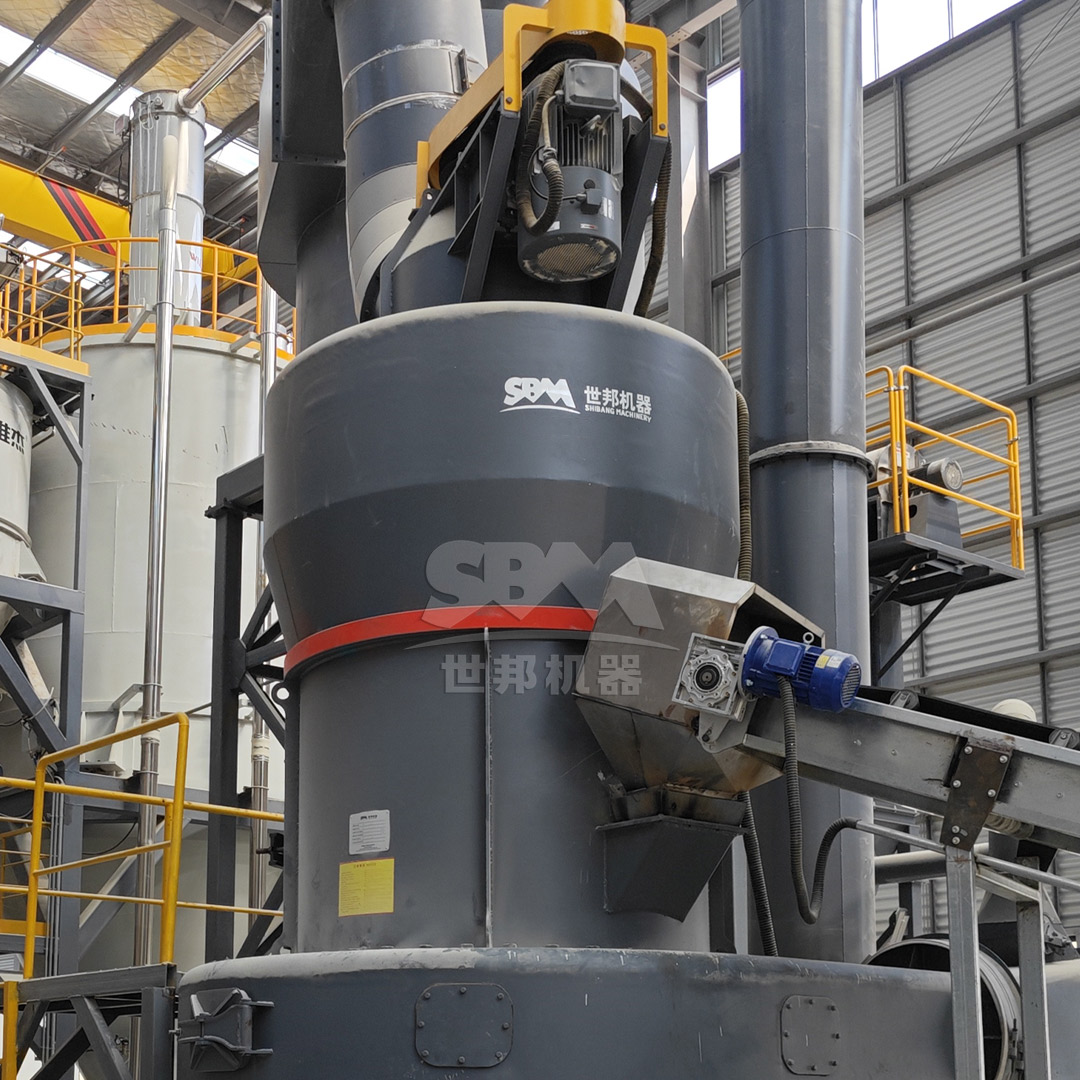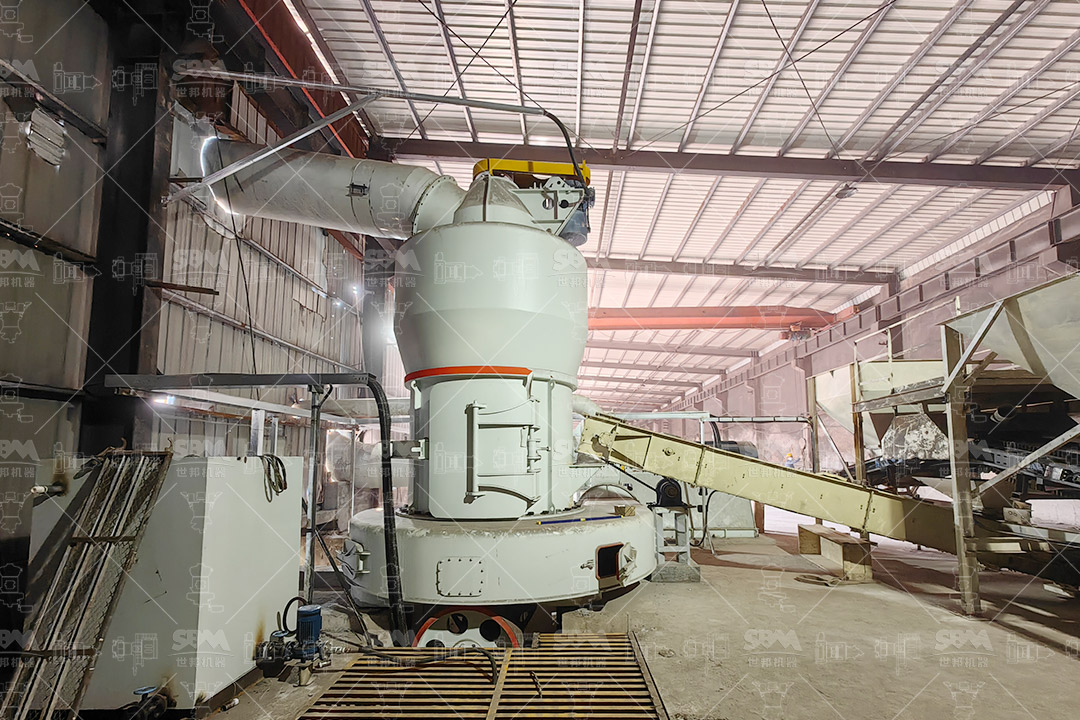Limestone, a sedimentary rock composed primarily of calcium carbonate, is one of the most versatile and widely used industrial minerals globally. Its applications span across construction, agriculture, environmental protection, and various manufacturing industries. The processing of limestone into fine powders requires specialized grinding equipment that can deliver consistent particle size distribution, high throughput, and energy efficiency. Among the various grinding technologies available, Raymond mill technology has established itself as a preferred solution for limestone processing operations worldwide.
The fundamental requirement in limestone grinding is to achieve the desired fineness while maintaining operational efficiency and cost-effectiveness. Different applications demand specific particle size distributions – from coarse aggregates for construction to ultra-fine powders for industrial fillers. This article explores the technical advantages of using Raymond mill technology for limestone grinding, with particular emphasis on operational efficiency, product quality, and economic benefits.

Raymond mill systems represent a significant advancement in grinding technology, particularly when compared to traditional ball mills or conventional grinding systems. The unique grinding principle of Raymond mills utilizes multiple grinding rollers that rotate around a central axis, applying centrifugal force to crush and grind the limestone material against a stationary grinding ring. This mechanical configuration creates a highly efficient grinding environment where the material undergoes multiple stages of size reduction in a single pass through the mill.
The energy efficiency of modern Raymond mills is substantially higher than older grinding technologies. Advanced models can achieve energy savings of 30-40% compared to traditional ball mill systems, while simultaneously increasing throughput capacity. This efficiency is achieved through optimized mechanical design, reduced friction losses, and intelligent control systems that automatically adjust operational parameters based on feed material characteristics and desired product specifications.
One of the most critical advantages of Raymond mill technology for limestone processing is the exceptional control over particle size distribution. The integrated classification systems in modern Raymond mills utilize advanced turbine classifiers that can precisely separate particles based on size, ensuring consistent product quality. This precision is particularly important for limestone products used in applications such as paper coating, plastics compounding, and pharmaceutical manufacturing, where strict particle size specifications must be met.
The grinding and classification process in Raymond mills produces limestone powders with narrow particle size distributions and minimal oversize particles. The vertical turbine classification technology enables real-time adjustment of the cut point, allowing operators to produce different product grades without stopping the mill. This flexibility is invaluable for operations that need to serve multiple markets with varying product specifications.
Raymond mills designed for limestone grinding incorporate specialized wear-resistant materials in critical components such as grinding rollers, grinding rings, and classifier blades. The use of high-chromium alloys, ceramic composites, and specialized surface hardening treatments significantly extends the service life of these components, reducing downtime for maintenance and replacement parts.
The mechanical design of modern Raymond mills also contributes to their durability and reliability. Features such as oil-lubricated grinding roller bearings, vibration monitoring systems, and automated lubrication systems ensure smooth operation and early detection of potential issues. Many models incorporate quick-change systems for wear parts, further minimizing maintenance time and labor costs.

For limestone processing operations requiring output in the range of 30-325 mesh (600-45μm), the MTW Series Trapezium Mill represents an excellent technological solution. This advanced grinding system incorporates multiple innovations that enhance performance specifically for limestone applications.
The MTW Series features a unique curved air channel design that minimizes airflow resistance and improves material conveying efficiency. The wear-resistant shovel design with combined blades significantly reduces maintenance costs while the curved configuration extends the service life of grinding components. The integral transmission with bevel gears achieves remarkable transmission efficiency of up to 98%, reducing energy consumption and installation costs.
| Model | Processing Capacity (ton/h) | Main Motor Power (kW) | Input Size (mm) | Output Fineness (mesh) |
|---|---|---|---|---|
| MTW110 | 3-9 | 55 | <30 | 10-325 |
| MTW138Z | 6-17 | 90 | <35 | 10-325 |
| MTW175G | 9.5-25 | 160 | <40 | 10-325 |
| MTW215G | 15-45 | 280 | <50 | 10-325 |
The working principle of the MTW Series involves the main motor driving the grinding rollers to revolve around the central axis while rotating themselves. The shovel blades throw materials into the space between the grinding ring and rollers, forming a material layer that undergoes efficient crushing through extrusion forces. The integrated classification system precisely controls the final product fineness, ensuring consistent quality output.
For limestone processing operations requiring ultra-fine powders in the range of 325-2500 mesh (45-5μm), the SCM Series Ultrafine Mill offers unparalleled performance. This advanced grinding system is specifically engineered to produce high-value limestone powders for specialized applications where extreme fineness and narrow particle distribution are critical.
The SCM Ultrafine Mill delivers remarkable efficiency with capacity twice that of jet mills while reducing energy consumption by 30%. The intelligent control system automatically monitors and adjusts operational parameters to maintain consistent product fineness. The vertical turbine classifier ensures precise particle size separation with no coarse powder contamination, guaranteeing uniform product quality.
| Model | Processing Capacity (ton/h) | Main Motor Power (kW) | Input Size (mm) | Output Fineness (mesh) |
|---|---|---|---|---|
| SCM800 | 0.5-4.5 | 75 | 0-20 | 325-2500 |
| SCM1000 | 1.0-8.5 | 132 | 0-20 | 325-2500 |
| SCM1250 | 2.5-14 | 185 | 0-20 | 325-2500 |
| SCM1680 | 5.0-25 | 315 | 0-20 | 325-2500 |
The operational principle of the SCM Ultrafine Mill involves a three-layer grinding ring rotation driven by the main motor. Material is dispersed into the grinding path by centrifugal force and undergoes progressive grinding through roller compression. The final powder collection is accomplished through a combination of cyclone collectors and pulse dust removal systems, ensuring high collection efficiency and environmental compliance.
Modern Raymond mill systems incorporate advanced environmental protection features that make them ideal for limestone processing in today’s regulatory environment. The pulse dust collection systems in these mills achieve collection efficiencies that exceed international standards, with emission levels typically below 20mg/m³. The completely sealed negative pressure operation prevents dust leakage, creating a cleaner working environment and reducing product loss.
The dust management systems are designed with automatic cleaning mechanisms that maintain optimal filtration efficiency throughout operation. Many models feature explosion-proof designs and spark detection systems, enhancing safety when processing combustible materials. The integrated approach to dust control eliminates the need for separate dust collection equipment, reducing both capital and operating costs.
Raymond mill manufacturers have made significant advancements in noise reduction technology. Modern mills typically operate at noise levels below 75-80 dB(A), achieved through integrated sound insulation chambers, vibration damping systems, and optimized mechanical designs. This focus on noise control creates a safer and more comfortable working environment for operators while helping facilities comply with workplace safety regulations.
The safety features extend beyond noise control to include comprehensive monitoring systems that track bearing temperatures, vibration levels, and lubrication status. Automated shutdown systems protect the equipment from damage in case of abnormal operating conditions, while easy access to maintenance points reduces worker exposure to potential hazards during servicing.

When evaluating grinding equipment for limestone processing, a comprehensive analysis of total cost of ownership is essential. Raymond mill systems typically demonstrate superior economics compared to alternative technologies across multiple cost categories. The higher initial investment is quickly offset by lower operating costs, reduced maintenance requirements, and longer equipment lifespan.
Key economic advantages include significantly lower energy consumption per ton of product, reduced wear part replacement costs due to advanced materials technology, and minimal requirements for ancillary equipment. The operational flexibility of Raymond mills also contributes to economic benefits by enabling quick product changeovers and reducing downtime between production runs.
The quality of limestone powder produced by Raymond mill systems directly translates to enhanced product value in the marketplace. The precise particle size control, consistent quality, and ability to produce specialized product grades allow producers to access premium market segments and command higher prices. The narrow particle distribution improves product performance in applications such as polymer composites, paints, and coatings, creating additional value for end-users.
For operations serving multiple markets, the flexibility to quickly adjust product specifications without equipment modification provides significant competitive advantages. This adaptability allows producers to respond rapidly to changing market demands and optimize product mix for maximum profitability.
Raymond mill technology represents the optimal solution for limestone grinding processing across a wide range of applications and production requirements. The technical advantages of superior grinding efficiency, precise particle size control, enhanced durability, and environmental compliance make these systems the preferred choice for modern limestone processing operations.
The evolution of Raymond mill technology continues to address the evolving needs of the industry, with advanced models like the MTW Series Trapezium Mill and SCM Ultrafine Mill offering specialized solutions for specific application requirements. When combined with comprehensive economic benefits and the ability to enhance product value, Raymond mill systems deliver compelling value propositions for limestone processors seeking to optimize their operations and maximize returns on investment.
As the demand for high-quality limestone powders continues to grow across industrial sectors, the role of advanced grinding technology becomes increasingly critical. Raymond mill systems, with their proven performance and continuous technological innovation, are well-positioned to meet these challenges and drive the future of limestone processing.